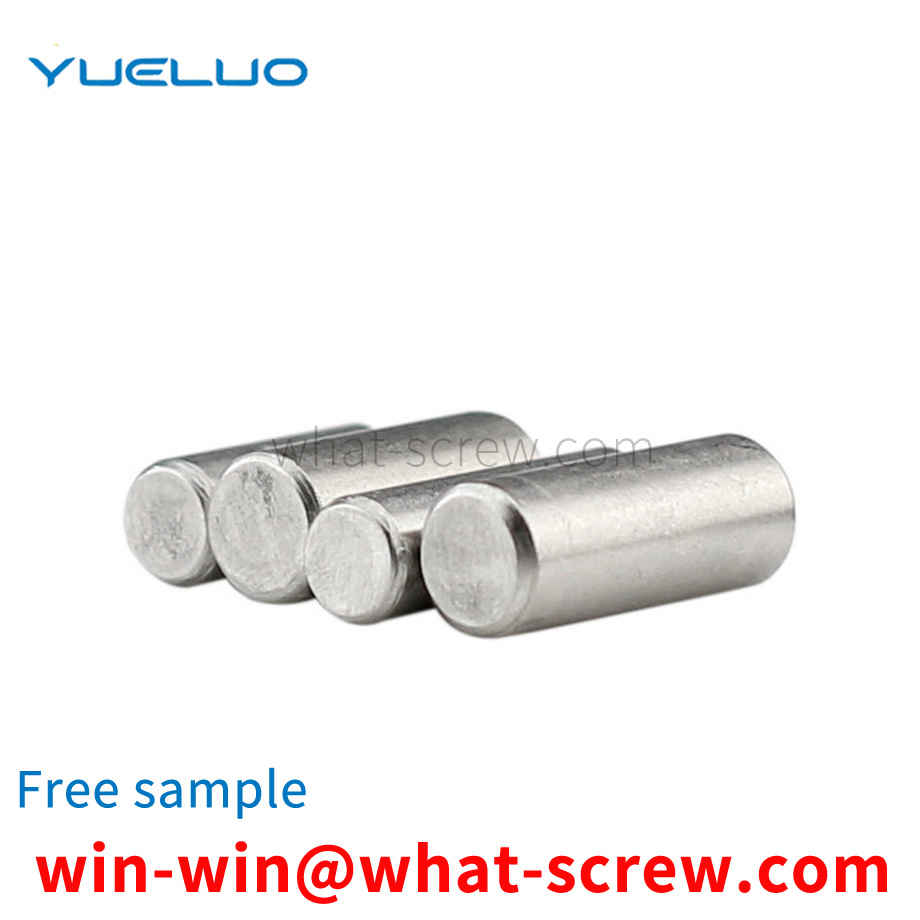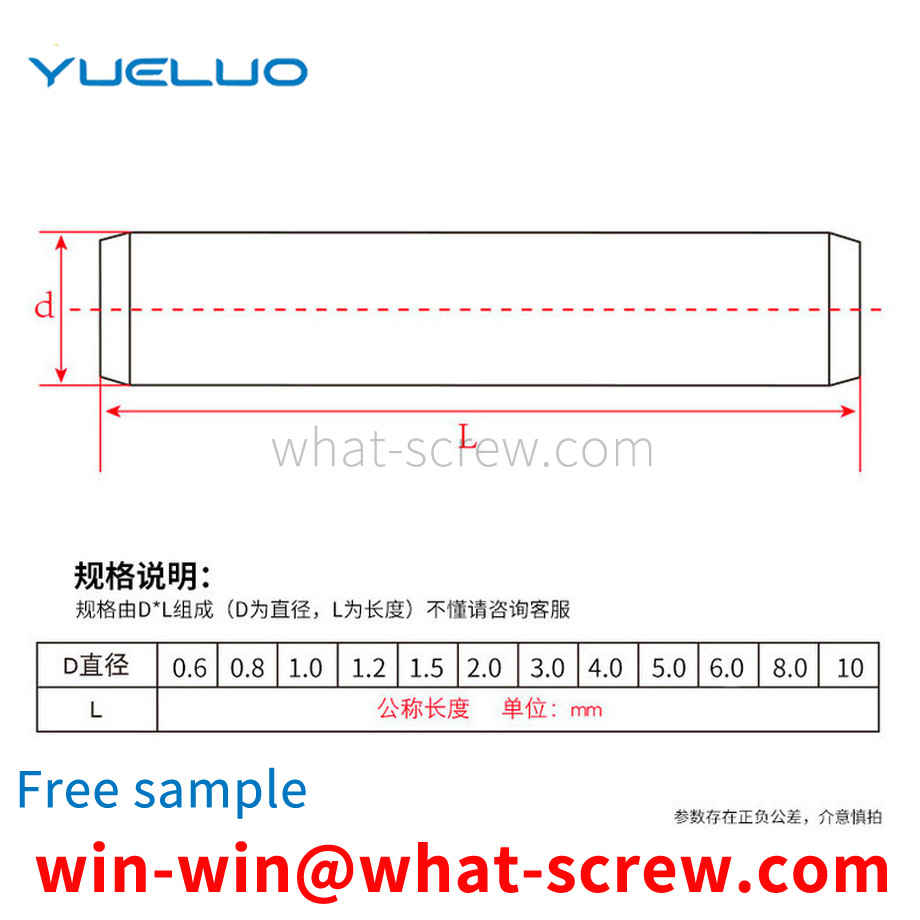The product structure in the known technology includes a T-shaped bolt with a longitudinal section, and a polygonal nut matched with the bolt. The bolt is divided into two parts: the screw and the screw head. The screw head is placed at one end of the screw to form an integral part. The radial length of the tightening surface of the screw head is greater than the radial length of the screw, and its axial length is less than the axial length of the screw; The solid surface is a polygon, and now a hexagon is commonly used. The periphery of the base of the nut and the screw head has a number of elastic surfaces corresponding to the polygon; the periphery of the axial screw is provided with an external thread matching the internal thread of the nut. In actual use, the fastener of this structure can be tightened by using a conventional screw, such as a wrench. Therefore, its anti-theft performance is poor and it is not suitable for occasions with special requirements.
The earliest rivets were small pegs made of wood or bone, and the earliest metal variants may be the ancestors of what we know as rivets. They are without a doubt the oldest known method of joining metals, dating back as far as the earliest use of malleable metals, eg: Bronze Age Egyptians riveted the six wooden sectors of the outer lines of a slotted wheel with rivets Fastened together, after the Greeks had succeeded in casting large statues in bronze, the parts were riveted together with rivets.
The Greek mathematician Arkutas once described the principle of screw, screw, screw. In the first century AD, the Mediterranean world had begun to use wood screws, screws, and screws in screw presses that could press olive oil from olives, or make wine from grapes. Before the fifteenth century, metal screws, screws, screws were rarely used as fasteners in Europe. Rybczynski (Rybczynski) proves that hand-held screwdrivers and screwdrivers existed in the Middle Ages (at the latest AD 1580), but it was not until the eighteenth century that threaded fasteners were commercialized and began to be widely used. . Before threaded fasteners were widely used, there were many different ways of tightening. Mostly related to woodworking and forging, and less to machining, concepts such as dowels and pins, wedges, tenon and tenon, dovetails, nails, forge welding, and others are tied with leather or fiber and tied together. Before the mid-nineteenth century, ships were built with cotter pins, pin bolts, or rivets. There were also adhesives, but not as many as they are here today. Metal screws, screws, and screws became commonly used fasteners after the use of machine tools in the 18th century to mass-produce screws, screws, and screws. This technology developed around the 1760s and 1770s, along two separate processes. Approaches, but quickly converged: wood screws, screws, screws (metal screws for wood fixing, screws, screws) are machined with single-purpose, high-yield machines, and low-volume, mold shop style production V-Thread Machine Screws, Screws, Screws, can choose from a variety of different pitches.
The design of the existing shaft circlip is relatively simple, and the circlip is not fast enough to be fixed in the shaft groove. When the shaft circlip receives the repeated action of radial impact load, it is prone to loosening, which affects the use of the circlip.
In order to meet the needs of different assembled installation components, there are also hand-tightening methods for tightening the screws, but in actual use, ordinary manual screws can easily cause hand pain to the user, and the operation is extremely inconvenient; at the same time, due to tightening The contact area between the screw and the installation component is too small. If the user exerts too much force, the uneven force per unit area of the installation component will cause deformation and depression, which will affect the use. Therefore, a manual screw is proposed to solve the above problems.
We have many years of experience in the production and sales of screws, nuts, flat washers, etc. The main products are: galvanized extended hexagon nuts, cap nuts, four-claw nuts, 410 pins and other products, we can provide you with fasteners suitable for you solution.



















 Service Hotline
Service Hotline




